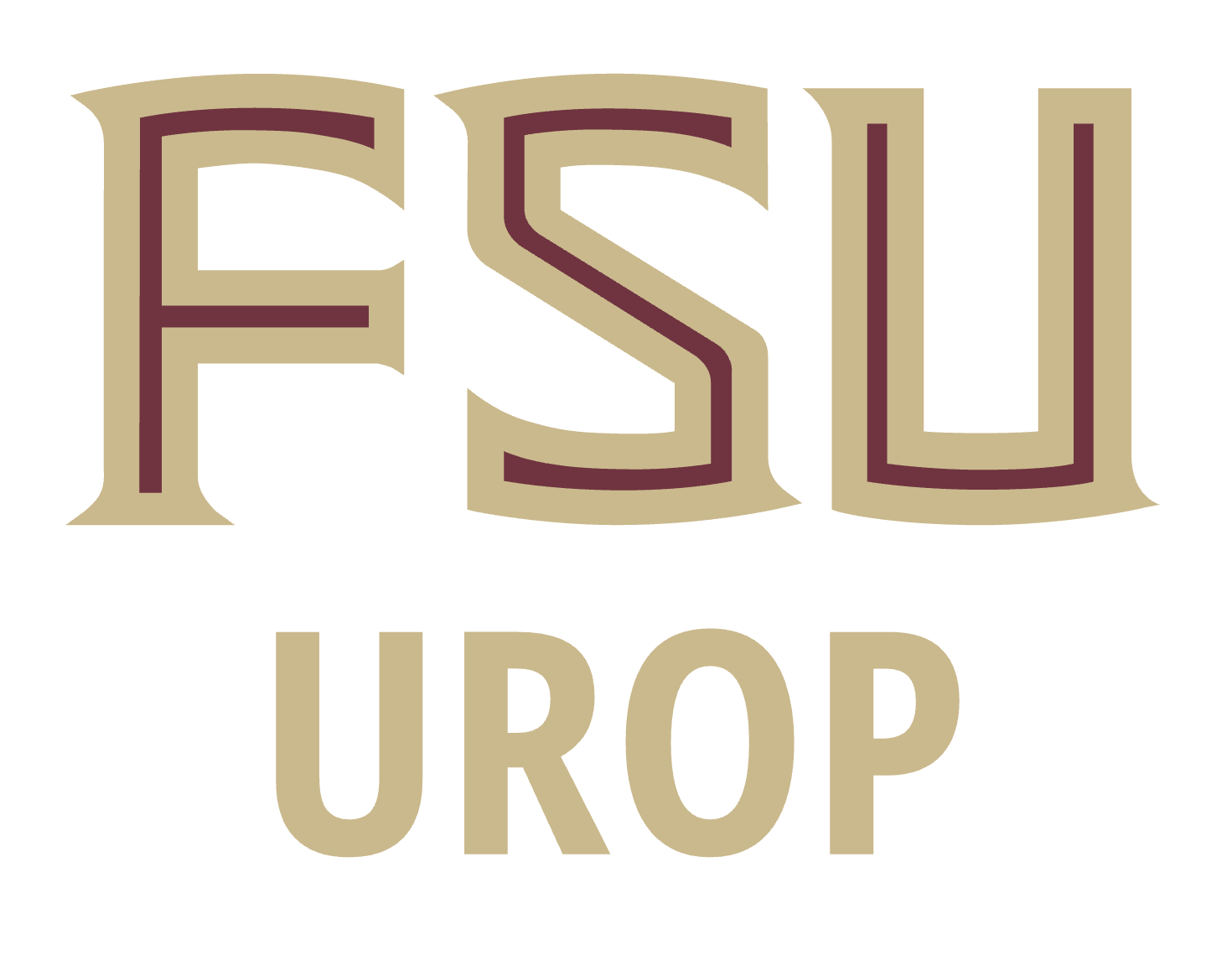UROP Project
Reaction rates of atmospheric pollutants: computational methods for atmospheric chemistry
environmental science, chemistry, pollution

Research Mentor: Prof. Christopher Holmes,
Department, College, Affiliation: Earth, Ocean and Atmospheric Science, Arts and Sciences
Contact Email: cdholmes@fsu.edu
Research Assistant Supervisor (if different from mentor):
Research Assistant Supervisor Email:
Faculty Collaborators:
Faculty Collaborators Email:
Department, College, Affiliation: Earth, Ocean and Atmospheric Science, Arts and Sciences
Contact Email: cdholmes@fsu.edu
Research Assistant Supervisor (if different from mentor):
Research Assistant Supervisor Email:
Faculty Collaborators:
Faculty Collaborators Email:
Looking for Research Assistants: Yes
Number of Research Assistants: 1
Relevant Majors: Chemistry, Physics, Computer science, Environmental Science, Meteorology
Project Location: On FSU Main Campus
Research Assistant Transportation Required: Remote or In-person: Partially Remote
Approximate Weekly Hours: 5, Flexible schedule (Combination of business and outside of business. TBD between student and research mentor.)
Roundtable Times and Zoom Link:
Not participating in the roundtable
Number of Research Assistants: 1
Relevant Majors: Chemistry, Physics, Computer science, Environmental Science, Meteorology
Project Location: On FSU Main Campus
Research Assistant Transportation Required: Remote or In-person: Partially Remote
Approximate Weekly Hours: 5, Flexible schedule (Combination of business and outside of business. TBD between student and research mentor.)
Roundtable Times and Zoom Link:
Not participating in the roundtable
Project Description
Chemical reaction rates control the lifetime and distribution of many pollutants and trace gases in the atmosphere. For many emerging pollutants and volatile organic compounds involved in ozone production and aerosol production, these reaction rates have not (yet) been measured in a laboratory. Instead, reaction rates are predicted from structure-activity relationships (SAR). This project will generate data to test a new SAR for atmospheric oxidation and compare it to existing SARs. The research student will use Windows and Linux computer programs to predict reaction rates and bond enthalpies, compile a spreadsheet comparing reaction rates with new and old methods, and use statistical tests (regression, t-test, ANOVA) to compare the two methods.Research Tasks: literature review of chemical datasets, programming in Linux and Python, statistical data analysis
Skills that research assistant(s) may need: Python or Linux experience desired, chemistry coursework (familiarity with enthalpy, Arrhenius equation), basic statistics (e.g. regression, t-test, ANOVA)

